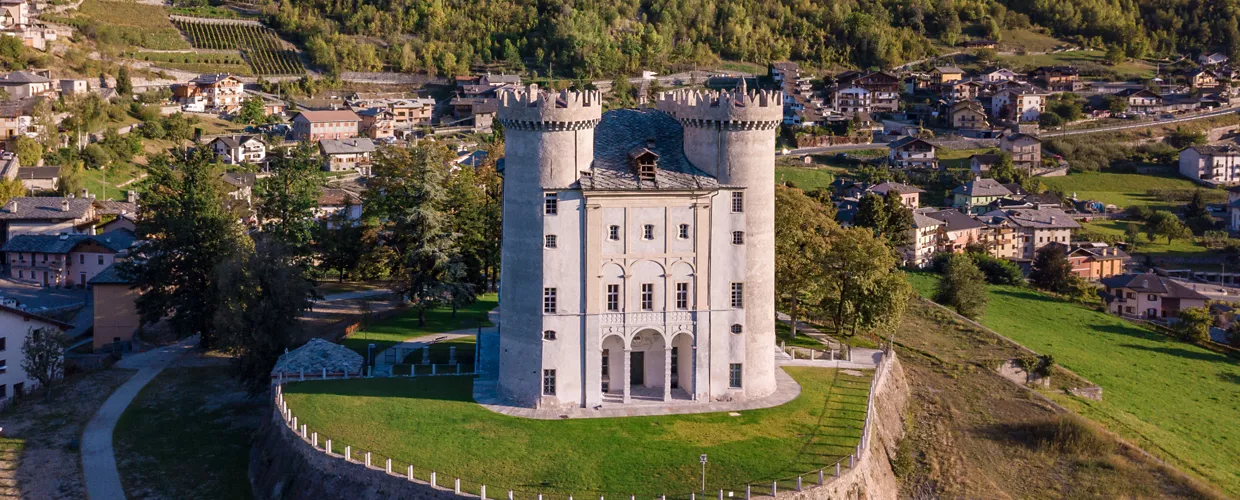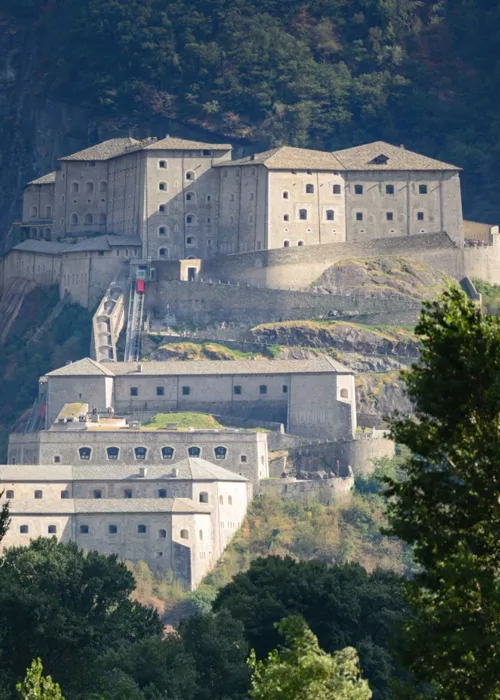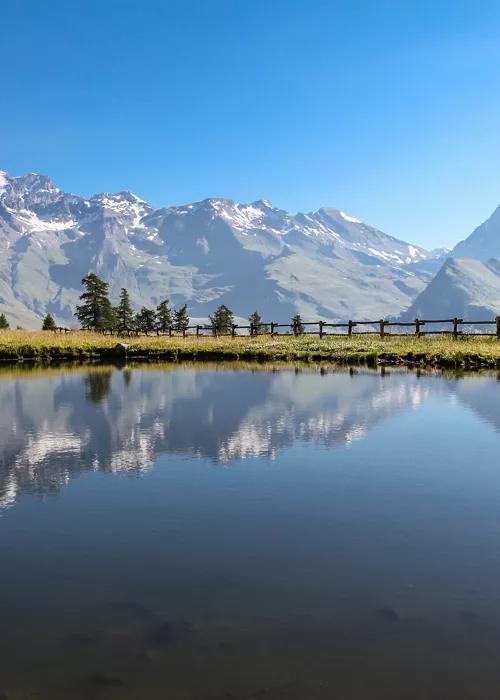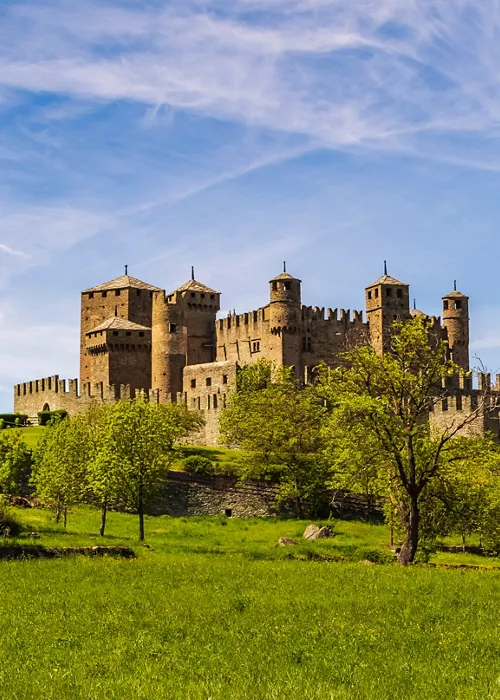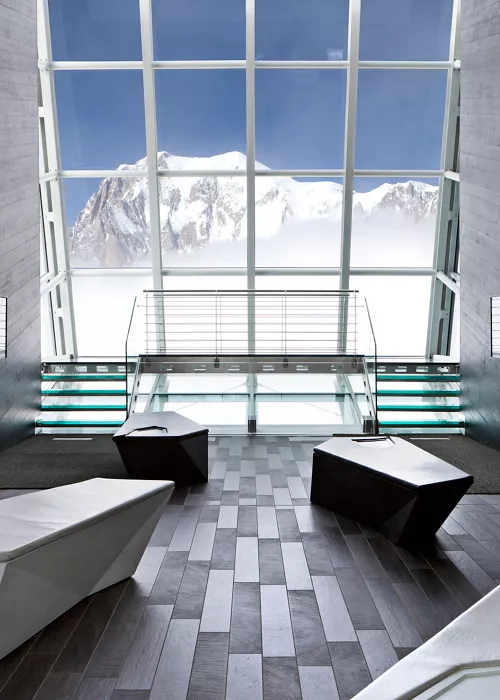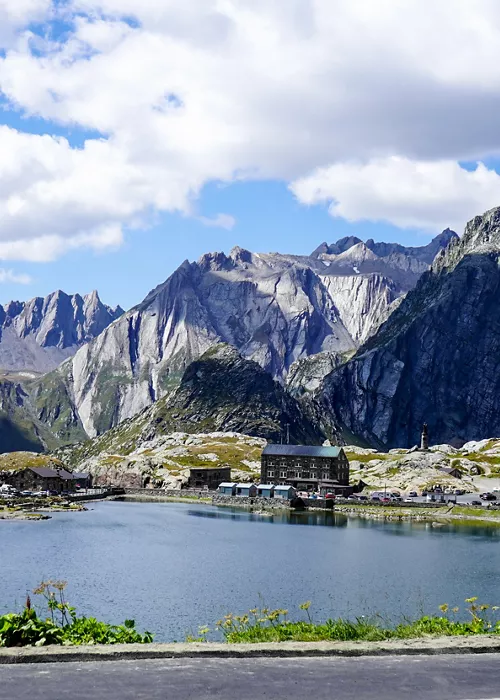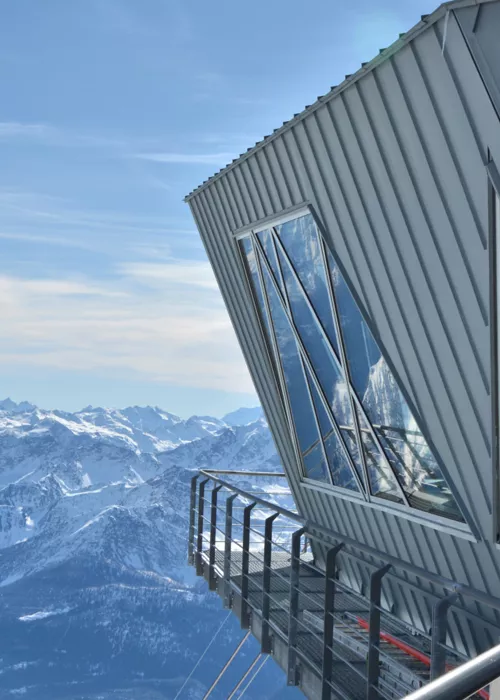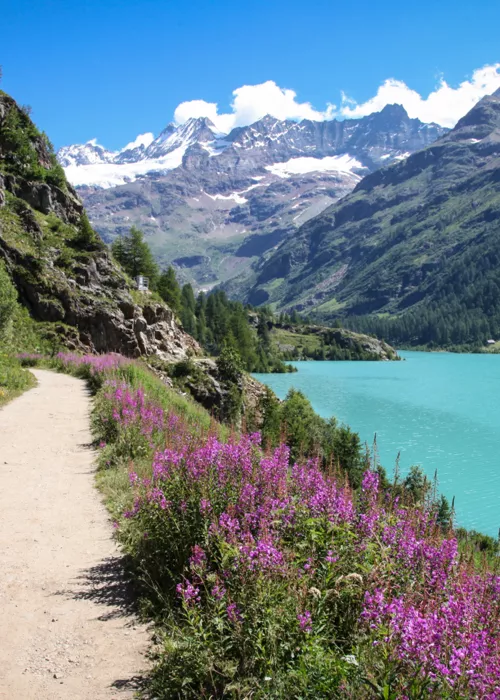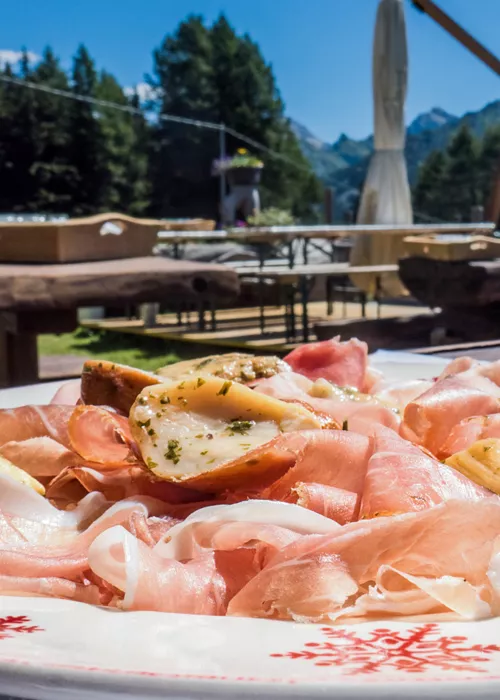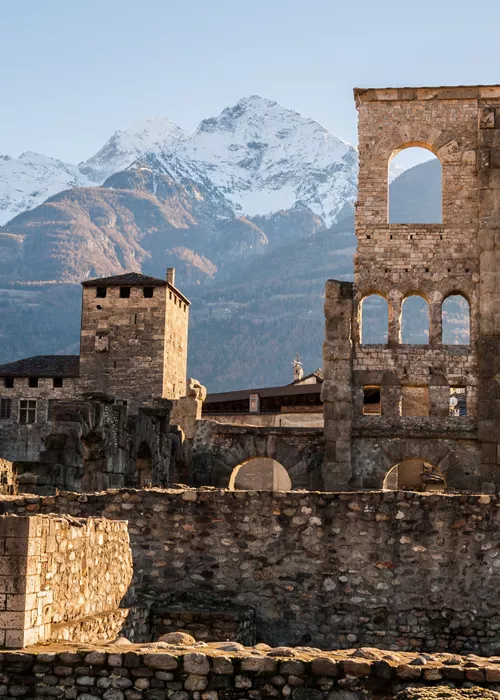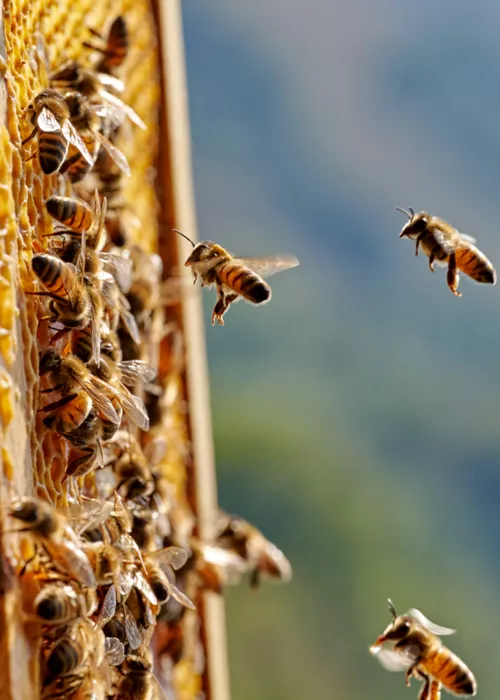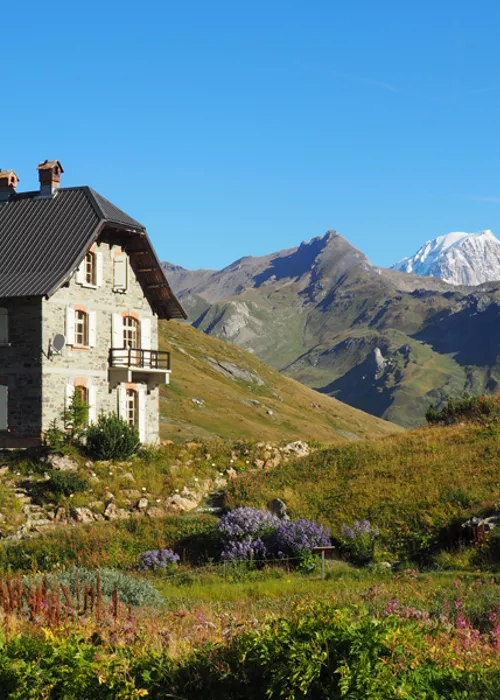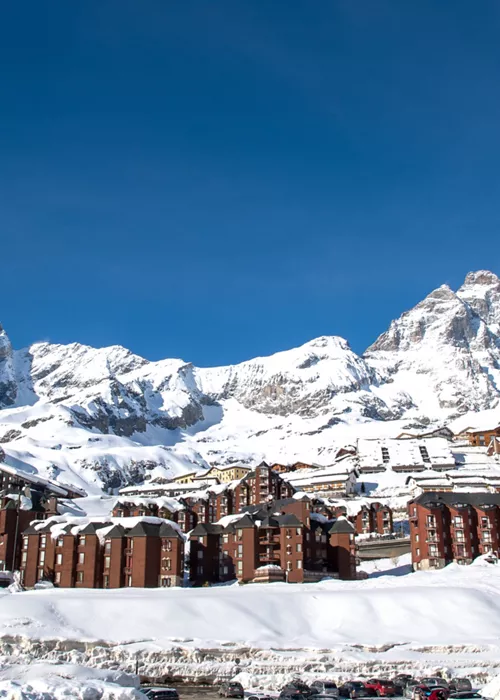Aymavilles Castle: a museum residence with history and natural beauty
A single rectangular block with four mighty towers, embraced by a large park, Aymavilles Castle, in the comune of Aymavilles, stands on a hill sloping down towards the Dora Baltea river, along the road to Cogne.
Dating back to 1200 but having been remodelled several times, today it presents a true stylistic patchwork, displaying its transition from a medieval fortress into a stately Rococo residence.
A beautiful setting, green in fine weather, white in winter.
The many lives of the manor
Aymavilles Castle has passed through various hands over the centuries, meaning its architectural structure has been modified. The overlapping of styles is sure to pique your interest, in a setting that blends Gothic, Baroque and Rococo.
Dating back to the 13th century, from the 14th century it became the manor of the illustrious Challant family, who immediately made alterations. In 1400, the four corner towers were added, then in 1700 came the stucco-decorated loggias and the interior renovation. The castle gradually lost its medieval defensive character to become a splendid mansion, completed by the terraced park.
The exhibition route
After years of sophisticated research and restoration undertaken by the Valle d'Aosta Region, today Aymavilles Castle offers guided tours along a fascinating multimedia exhibition route that focuses on history, art and architecture. You can access four different levels, each with its own theme.
The first tells you all about the families who lived there, the second is dedicated to 19th-century collecting, the third houses the Collection of the Accademia di Sant'Anselmo, an authoritative Aosta Valley association of historical studies, as well as exhibits displaying 19th-century daily life at the manor.
The fourth floor offers the opportunity to admire the Castle’s numerous architectural transformations, with the help of models and multimedia reconstructions. Lifting your gaze to the ceiling, you can appreciate a perfectly preserved masterpiece of 15th-century wooden carpentry. As you move through the halls, be sure to take in the lavish decorations and Baroque-style elements in a jumble of highly varied motifs.
The art of winemaking
After exploring inside Aymavilles Castle, it is worth stopping in the park to admire its intricate terraced structure, created after the demolition of the manor walls.
The green area runs alongside the surrounding hills, where you can see vineyards stretch out. This area is deeply connected with wine, thanks to the Alpine microclimate at the foot of Mont Blanc, which promotes grapevine cultivation. The locals have dedicated themselves to agriculture for thousands of years, a tradition of hard work passed down to us through the famous Torrette wines, 17 reds typical of this area of the Aosta Valley.
If you love a good wine, we highly recommend visiting a few wineries in the area. Be sure to stop at the "Cave des Onze Communes" wine cooperative near the castle, where you can taste and buy Torrette wines and other traditional products. Or you can ask for a glass at a local restaurant to pair with succulent game dishes, or the classic autumnal chestnut soup.
3 places to discover around the castle
On the road from Aymavilles to Cogne, at Pont d'Ael, there is a majestic aqueduct bridge dating back to Roman times. It is well worth leaving the car behind and exploring on foot, following the well-thought-out tour route.
Venturing along the Camino Balteo hiking route that passes through here, you will discover the Church of Saint-Léger, immersed in nature.
Make sure to visit the village of Ozein, a tiny hamlet in Aymavilles, where you will also find the Tornalla, an ancient fortified house.
Find out more
The Castle of Aymavilles is open to the public for guided tours or during events and concerts in spring and summer.



